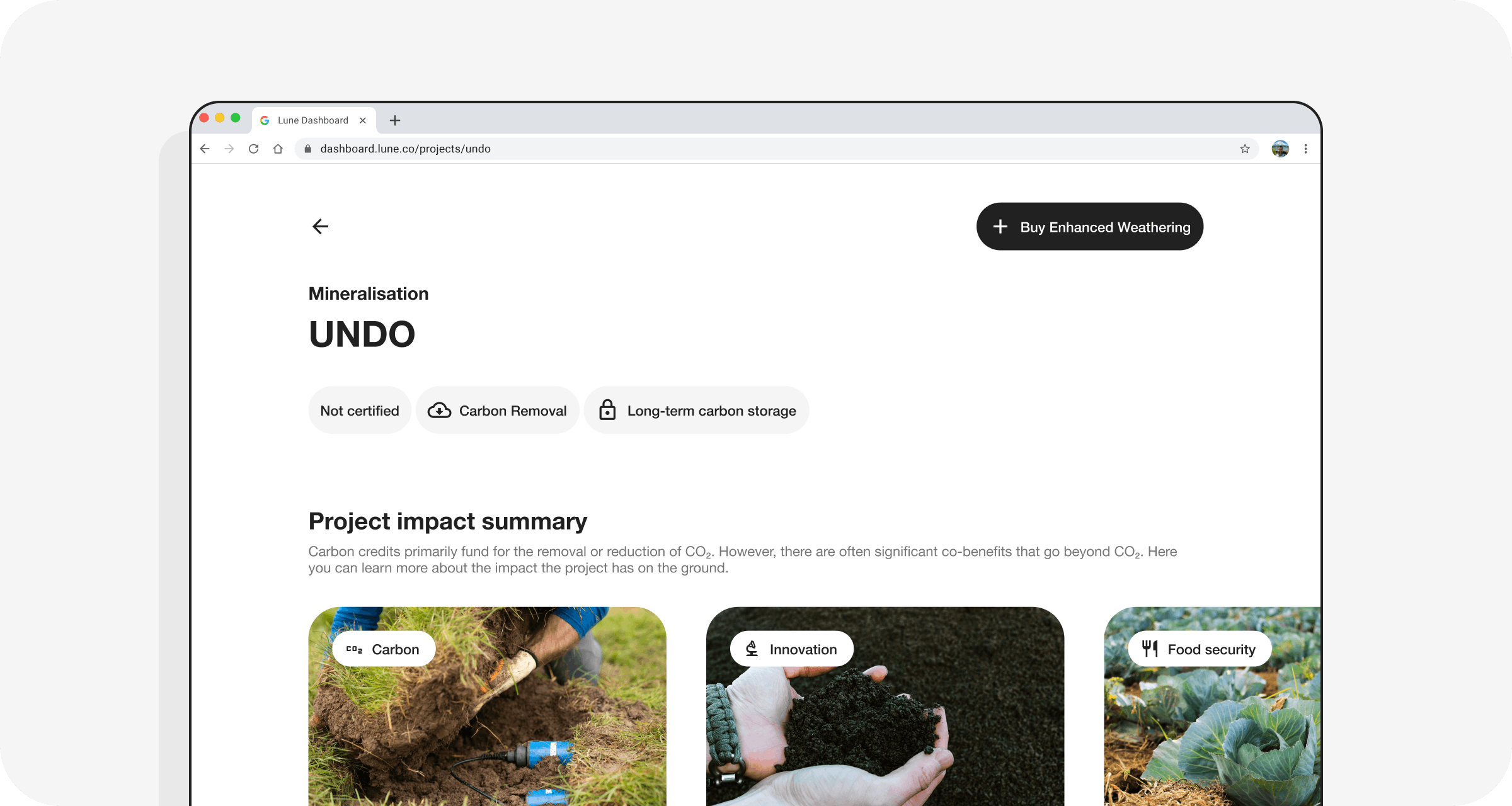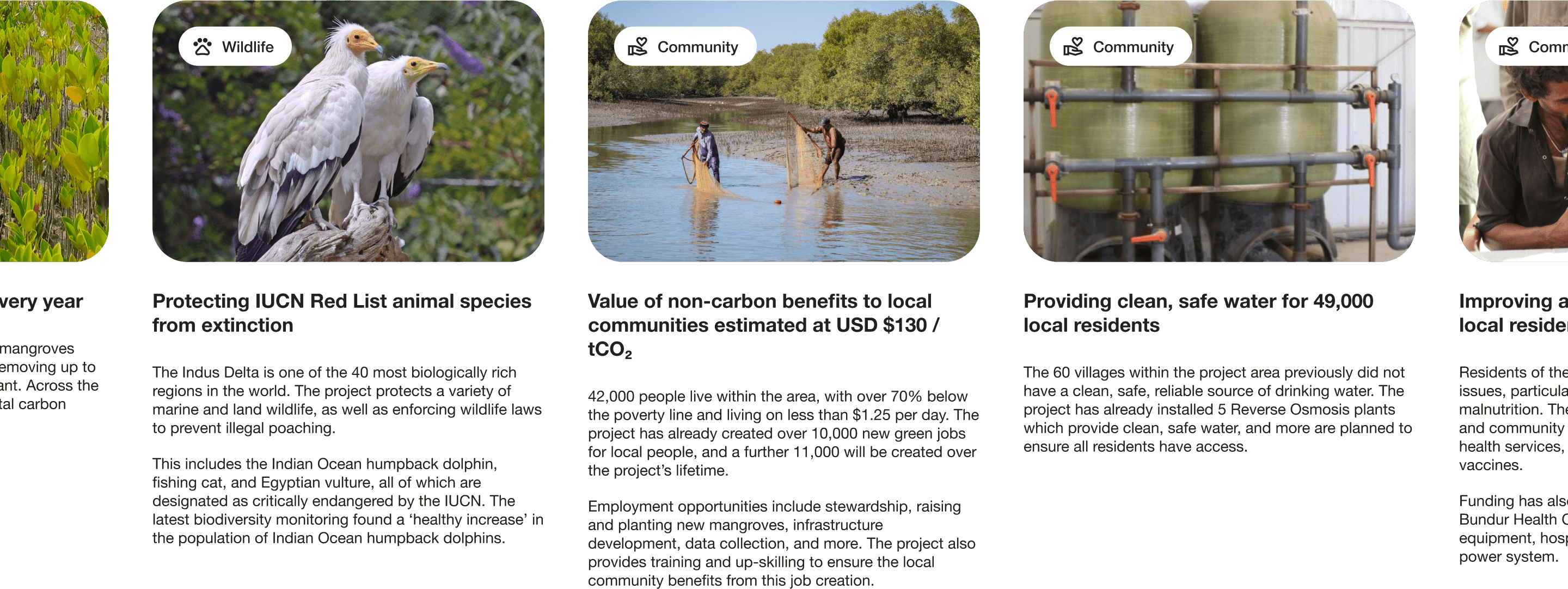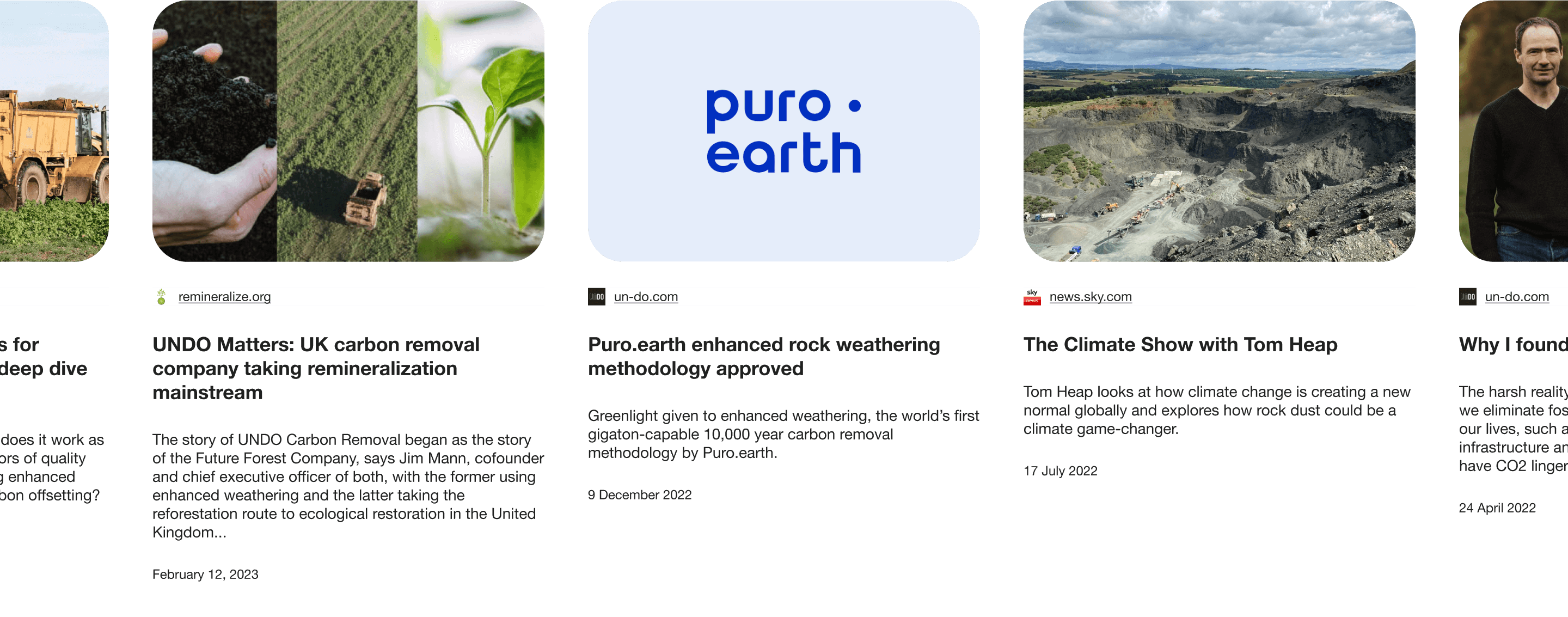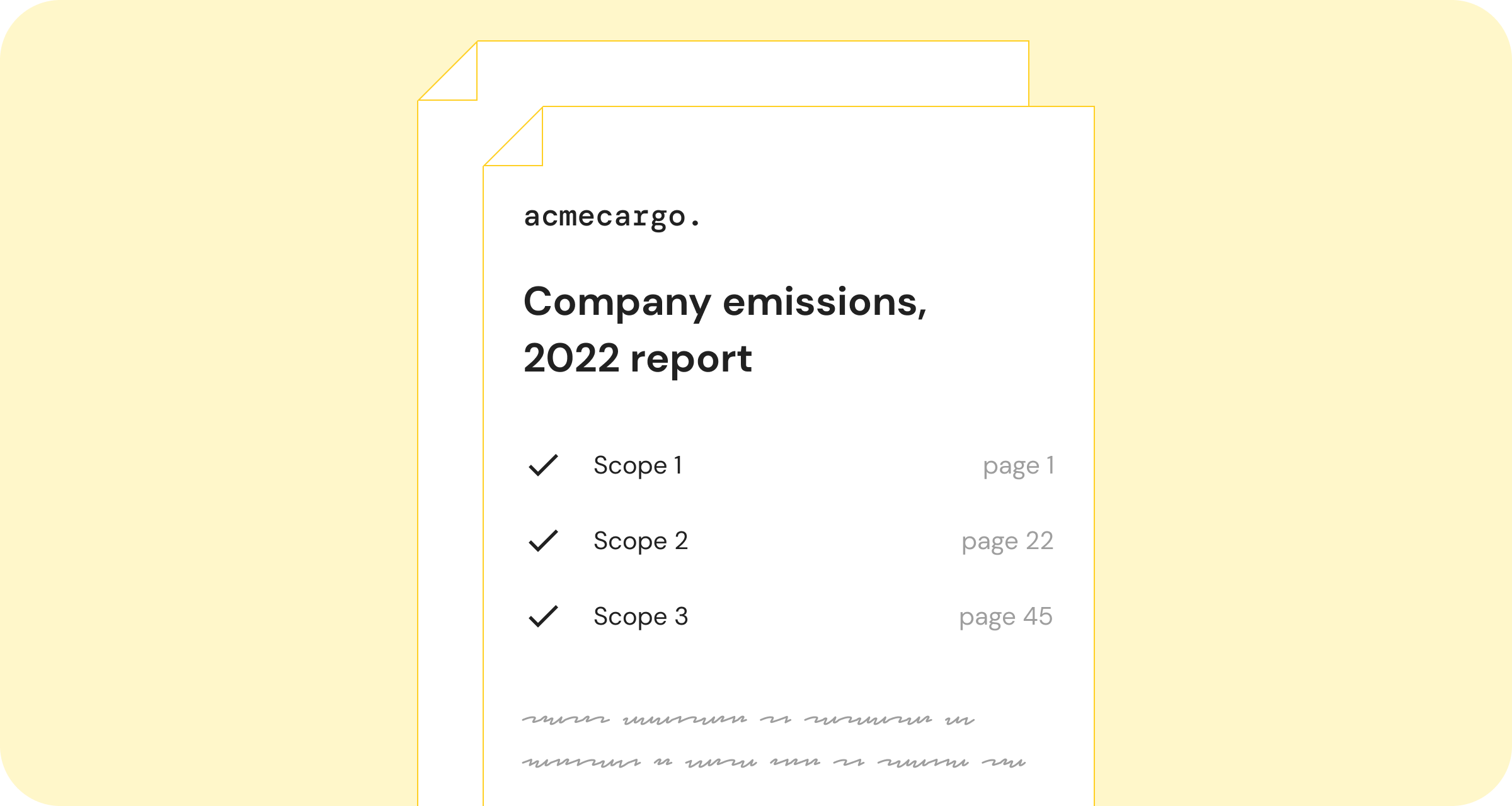

There are plenty of valid reasons for not trusting carbon offsets. That’s why Lune was founded in the first place — to connect companies with credible projects so that buyers can always feel proud of their contributions.
Because the reality is this: the effects of climate change are already here. The planet cannot wait until 2050 for climate initiatives to kick in.
We need high quality carbon offsets to undo the damage that’s already done – scaling carbon removal solutions and protecting nature globally.
No carbon project is perfect, but we certainly cannot wait for perfect solutions before we start taking action.
But at the same time, it’s difficult for businesses to start taking action. The status quo we hear from customers is a lack of clarity on projects’ actual impact. Most commonly, customers feel disconnected from the results of a carbon project — which makes the buying process feel opaque and marked by a lack of trust that their money is being put to good use.
Making high-impact sustainability stories easier to grasp
Buyers of carbon credits are worried that the carbon offsets they’ve chosen are rubbish and low quality. There are layers of risk implied here; there’s risk to the buyer themselves and their own reputation; exponentially larger than that, there’s (very real) risk for brands and businesses who are expected to ‘get this right’.
Sustainability leads also struggle to tell accessible, human stories about their climate efforts outside of their own climate networks. Bringing sustainability further into the business — from brand stories to company values – creates ample opportunities to bring climate impact out of sustainability reports and into everyday conversations.
Check out these product improvements, now available in the Lune dashboard, to see how we’re making it easier for businesses to start creating climate action with confidence.
Introducing: richer project profiles in the Lune dashboard 🚀
1. Build trust in where your money is going through the new Project Impact Summaries section

With Lune’s new impact summaries, customers can understand exactly how their chosen project is removing or reducing CO2 from the atmosphere. This includes significant co-benefits — from habitats saved, jobs created, and new opportunities causing a ripple effect through communities and ecosystems alike. We’ll continue to add to these sections as we receive updates from project developers, so keep checking the Lune dashboard to receive the latest news!
2. Get a transparent view into what’s happening on the ground with the News & Updates section

To bring customers closer to their climate impact, we want to help them better focus on the impact that’s really happening over time, and how that contributes to the fight against climate change. Share the latest project news & updates with your customers (and employees!), or try bringing your projects’ climate updates into your brand messaging.
3. Grow your confidence in the carbon markets by understanding how each carbon project’s quality was assessed

Steer clear of greenwashing and feel confident in your chosen carbon projects by exploring the new Quality Assessment section to learn about the criteria used to assess its credibility.
This has proven valuable to our customers, such as Dean Malmgren, Partner at IDEO: “Lune’s diverse and high-quality project bundles allowed us to significantly de-risk our climate strategy in line with the Oxford Offsetting Principles. We assessed a number of providers and we are pleased to be working with Lune.”
We want to help our customers feel confident and empowered with the calibre of assessment being using before a project is introduced to them, so we’re passing on our assessment to you. Now on every project page, you can learn more about some of the core criteria we used to evaluate that project such as project durability, additionality, measurement, risk mitigation, and co-benefits.
Find the good sustainability stories and amplify them
We hope you love the latest additions to the Lune dashboard experience. While there are plenty of reasons to wake up feeling scared for our planet, there are equally as many powerful stories, and carbon projects, that leave us feeling hopeful for a more sustainable future. But it will take all of us - every business, and every individual, playing a role in fighting climate action.
Hopefully with the added levels of transparency in where your money is going, and the climate impact being created, more companies will feel proud and confident about doing their part.
Readers also liked
Readers also liked

Subscribe for emissions intelligence insights
Get the latest updates in the world of carbon tracking, accounting, reporting, and offsetting direct to your inbox.


